Let’s get straight to the answer – yes, you certainly can if you suffer from secondary hypogonadism. What on earth does this mean? Do read on. This subject is certainly (and quite rightly) gaining attention. There’s a plethora of incorrect information out there, so it’s important for me to thoroughly cover this topic of naturally fixing low testosterone levels before exploring TRT.
Testosterone is the most important male hormone, and understanding how it impacts you is critical for your health and vitality.
Welcome to Part One of Two covering all things testosterone. You’ll be aware by now, I like to be thorough with posts where warranted (whilst maintaining my not-too-technical and easily digestible style) and ensure you’re gaining valuable help and information in exchange for your click.
Part 2 will primarily cover how can you raise testosterone naturally (covering a variety of subjects – testosterone boosters, diet, micronutrients for testosterone etc), and results. What taking the TRT plunge really means for you (after seeking professional advice of course) if needed and the various methods of TRT treatments available out there.
The Disclaimer
I’m not a doctor and certainly don’t want to give the impression of being one. Visiting a doctor/healthcare professional for advice is always the first action you should take.
That said, I own many books and have spent thousands of hours researching all things testosterone, learning from people smarter than me. As always, I hope to pass this knowledge on via easily digestible and thorough information, prior to you considering next steps.
What Are Low Testosterone Levels?
You’d be surprised at the number of people who don’t fully know the answer to What are low testosterone levels?
Testosterone is a male hormone. Just like Ron Burgundy, testosterone is kind of a big deal.
It’s produced in the testes of males, synthesised from cholesterol, and made in much smaller quantities in female ovaries. It plays a crucial role in the development of male reproductive tissues.

According to a study published by the Journal of Clinical Endocrinology, low testosterone levels have been on the rise globally, with men of all ages seeing a reduction in their testosterone production. Factors such as diet (macronutrient and micronutrients) , stress, and environmental toxins have contributed to this decline in the crucial male hormone.
Why The Male Hormone Testosterone Is So Important
Asking a male why testosterone is important is the equivalent of asking him what makes him a man.
Testosterone has many positive benefits and is responsible for the following:
- Muscle mass (why men naturally carry more muscle compared to women)
- Body hair growth
- Bone density
- Mood
- Libido (sex drive)
- Overall health contribution
- Energy levels
- Fat distribution (keeps you leaner)
- Cardiovascular health
- A male’s deep voice
- Aggression
- Dominance
- Increased recovery
- Mental Benefits
During puberty, there is a 30-fold increase in testosterone production in boys. As their body prepares them for manhood, noticeable physical changes rapidly occur.
What Is Free Testosterone?
Free testosterone is the portion of testosterone the blood stream that’s not bound to proteins. It’s therefore biologically active and available for use.
A man can score a reasonably high level following a testosterone test, but the amount of free testosterone available for use is critical. If the overall testosterone is high and free testosterone is low, it’s the equivalent of owning a Ferrari that’s only getting a small % of fuel into the tank, despite the massive horsepower (overall testosterone) it won’t work optimally (because of low free testosterone).
A History Of Testosterone
Bear with this section. It’s good to own a historical grasp of this key hormone.
Roosters indirectly discovered testosterone
In 1849 Arnold Berthauld, a Zoo Keeper from Germany observed that when roosters were castrated, they ceased to fight, crow, or mate. The roosters’ normal behaviour was restored by re-implantation of the testes. Berthauld concluded that, “The testes act upon the blood, and the blood acts upon the whole organism.”
This was the first discovery of testosterone (prior to being given its name in 1935) and general endocrinology (the study of glands and hormones in the body) was born.
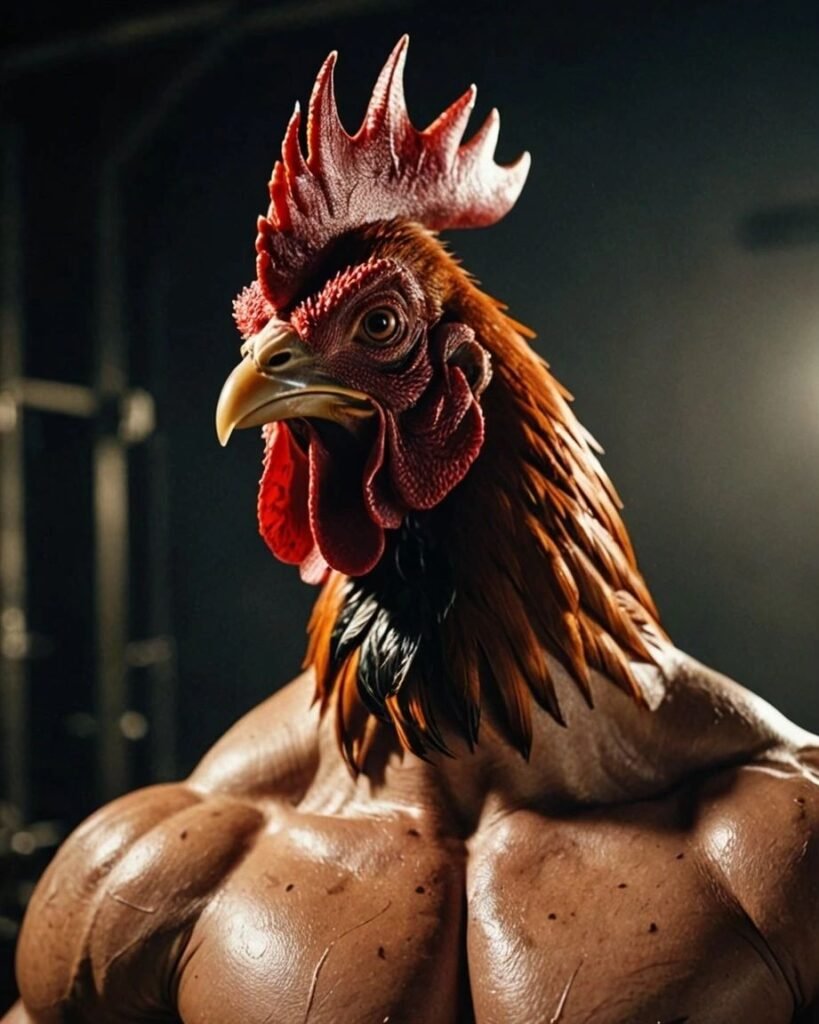
In 1889, Charles-Edouard Brown-Sequard, a 72-year-old French doctor, claimed he rejuvenated himself with injections of testicular extract from animals. He spoke about his experience before a medical society, describing increased strength and mental clarity. He certainly was the first person to attempts to fix low testosterone symptoms.
Later, researchers discovered that his extract lacked testosterone, and the effects were likely due to the placebo effect. He was probably quite disappointed after going through that ordeal. However, his experiment did ignite public interest in this so-called magical supplementation and its benefits.
The male Hormone Testosterone is officially named
The Organon group in the Netherlands were the first to isolate the hormone, identified in a May 1935 paper “On Crystalline Male Hormone from Testicles (Testosterone)”.They named the hormone testosterone.
In 1939, Leopold Ruzicka and Adolf Butenandt were awarded the prestigious Nobel Prize in Chemistry for synthesizing testosterone from cholesterol, a discovery made in 1935, shortly after the Organon group officially named testosterone.
In 1944, a study was published called “The Male Climacteric” by Carl Heller and Gordon Myers. It spoke of symptoms suffered by aging men linked to low testosterone levels. These symptoms included depression, memory problems, fatigue, and reduced libido.
Since measuring testosterone in blood wasn’t common practice back then, doctors relied on testicular biopsies and urinary gonadotropin levels to diagnose ‘male climacteric.’
They found that men with these symptoms had elevated gonadotropin levels. Furthermore, the study revealed that testosterone treatment normalized both the symptoms and gonadotropin levels. These findings gained widespread attention with the publication of Paul de Kruif’s 1945 book, The Male Hormone, which further amplified the public’s interest in testosterone.
TRT treatment started surprisingly early
In the late 1940s to early 1950s, doctors used TRT to treat low testosterone levels and associated symptoms. However, science wasn’t advanced enough to naturally address low testosterone. Concerns about potential cardiovascular damage and enlarged prostates began to surface, pushing TRT back to a fringe treatment.
Athletes start abusing steroids
The 1950s ushered in the era of anabolic steroids. These steroids were synthesised from testosterone. This is an important divergence to grasp.
Pure testosterone is bioidentical (a hormone that’s identical to what’s naturally produced by the body). Testosterone is a bioidentical anabolic (to build up or promote growth) steroid. Other Anabolic Steroids aren’t, but are used for various medical reasons. They’re only synthetic derivatives of testosterone.
Athletes started to take advantage of steroids and widespread debates commenced, which ultimately led to anti-doping policies being introduced. Concurrently, steroid use started to gain popularity within bodybuilding circles and over the years physiques become larger and leaner than ever. This trend continues to this very day.
The 1960s and 70s witnessed more of the above combined with a studies on women. Scientists studied testosterone and its impact on womens libido, reproductive issues, postmenopausal symptoms and hormonal balance.
Therapeutic application and benefits were investigated, particularly covering treating breast cancer and osteoporosis in postmenopausal women. Bodybuilding starts to hit the mainstream thanks to an Austrian actor the eagle eyed amongst you may spot below….
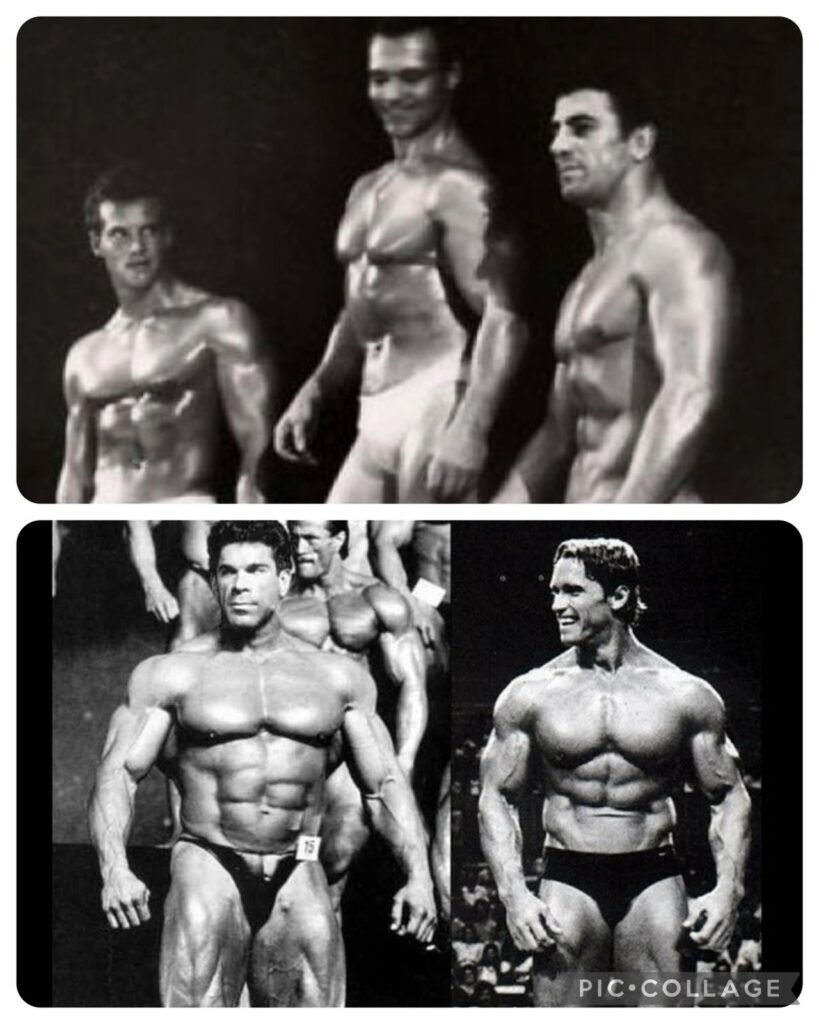
By the 1980s, testosterone delivery methods expanded with the introduction of patches and transdermal (skin-absorbing) options. In the 90s and early 2000s, a deeper understanding emerged regarding testosterone’s impact on overall health and well-being.
Testosterone becomes less taboo
Since the 2010s, public awareness of testosterone replacement therapy (TRT) has experienced a dramatic increase. This surge is largely driven by social media, mainstream media, and the rapid proliferation of TRT clinics with their aggressive advertising campaigns.
Additionally, there has been a growing recognition of the benefits of addressing low testosterone symptoms through natural methods. Despite this increased visibility, however, natural remedies remain far from common knowledge. Consequently, even with the rising awareness, many individuals are still unaware of these alternative approaches.
Therefore, further education and exploration are necessary to bridge this knowledge gap.
Consequently, individuals seeking to understand all available options often need to invest significant effort into researching and exploring various resources. While the surge in TRT awareness has been notable, it has also underscored a significant gap in the general understanding of alternative treatments.
As a result, navigating this complex landscape requires a deeper dive into the subject. Without a comprehensive exploration, discovering effective natural solutions can be challenging, highlighting the necessity for more widespread knowledge about these alternatives.
Why Is Testosterone Controversial?
As with most controversies, there’s rarely one reason to pin down the ‘why’. Why is testosterone controversial? Because we made it so, generally because of a minorities misuse of the hormone.
Female hormone replacement therapy during the menopause (Oestrogen and progesterone) has been a a socially acceptable treatment for some time. Why is TRT for Men so taboo?
When was the last time a female athlete abused estrogen? The answer is never. Male and female athletes have been pushing boundaries for decades, and the public knows about steroid use. Testosterone carries a strong association with cheating.
Athletes will never achieve the ability to raise natural testosterone levels to the level that exogenous testosterone achieves. It’s a difference of epic proportions.
The public can’t differentiate the difference between testosterone and anabolic steroids
I’ve covered above the divergence between testosterone and other anabolic steroids. What the general public aren’t clued up on is the difference between the two.
Lack of understanding and information creates a one size fits all mentality. All compounds classed as anabolic steroids are tarred with the same brush.
Testosterone’s black market availability
Testosterone can be obtained via the black market or a medical professional (with a prescription of course). When used in excessive dosages (either deliberately or under no medical supervision) a whole host of health issues arise. They are (not exhaustive):
- Fertility issues (more on this in part 2)
- Heart/ blood pressure issues issues
- Mood disturbances
- Sleep apnea
- There’s concern (medical community is conflicted) over potential prostate and cancer issues
- Your average young gym bro/influencer who is ‘hopping on TRT’ and giving this huge decision the equivalent thought as to what he’s going to be eating for dinner tonight… chicken and rice bro, chicken and rice.
The Bro’s and hollywood Actors Love the Male hormone
For him, naturally fixing low testosterone levels is non existent…. he doesn’t have any. His only interest before considering TRT is whether he can achieve high enough dose from the doctor to get a large ‘ gym benefit’ or get it of the black market and use testosterone without a prescription.
There’s a world of a difference between ‘replacing’ testosterone levels to optimal levels as opposed to using it when not needed for pure aesthetic reasons.
Testosterone’s black market availability will allow one to self medicate (who knows whether its a genuine of fake product). Thy’ll often push themselves high higher than the reference range. As with low testosterone, high testosterone levels is dangerous to health. Unsurprisingly, the body sits happy at normal – optimal levels.
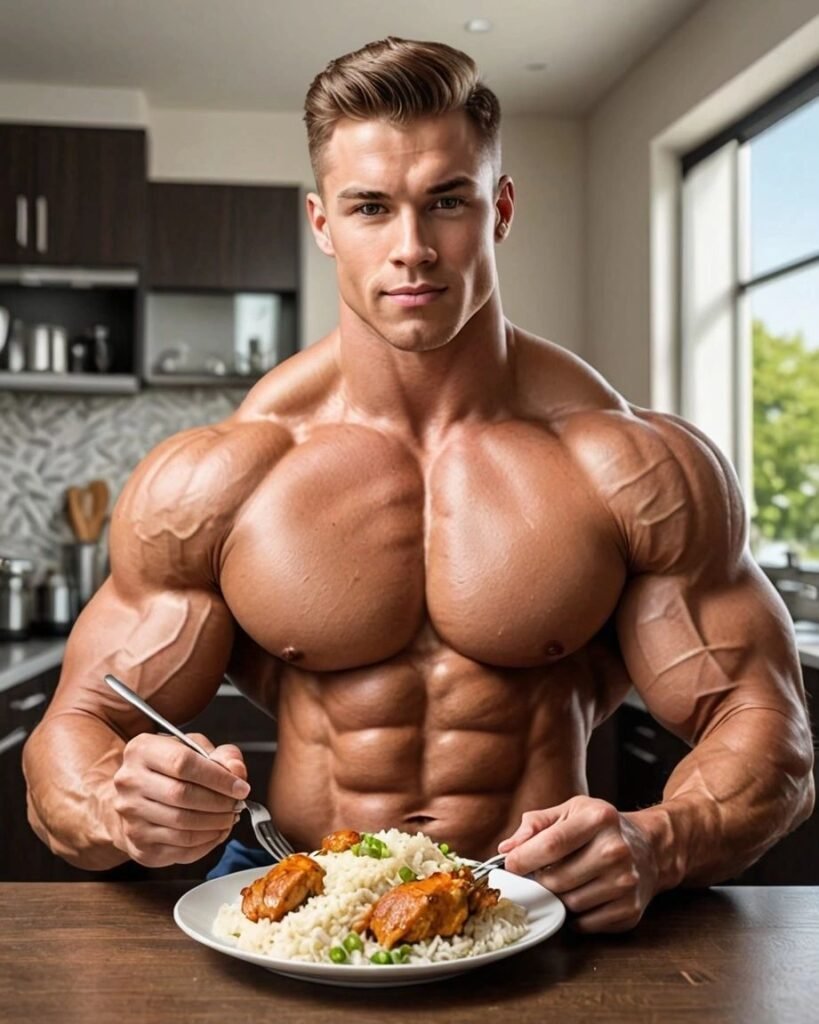
You can’t blame the general public for the confusion. It’s a drug associated with cheating and is readily available to purchase illegally (you don’t hear of women obtaining oestrogen illegally). Testosterone or ‘steroids’ is synonymous with an emotional reaction. Time and education are the only remedies.
How Is The Male Hormone Measured?
Confusingly, the UK and US measure testosterone in different units of measurements.
- The US measure naograms per deciliter (ng/dL)
- The UK measures nanomoles per litre (mol/L)
A single blood test might not provide the full picture. It’s generally recommended you take at least two tests on separate occasions to get an accurate reading of your testosterone levels.
Make sure you ask your healthcare professional to also check for free testosterone levels. This is the biologically active form of testosterone and a much more relevant marker for how you’re actually feeling.
The Rise Of Low Testosterone Levels In The Modern World
Testosterone levels are declining at an alarmingly faster rate than ever before. In fact, we’re now half the men our fathers were. Consequently, the growing emphasis on naturally restoring low testosterone before resorting to TRT is entirely warranted. Furthermore, the increasing publicity surrounding this issue is not only understandable but also well deserved.
Why Are Testosterone Levels Declining?
Several factors are contributing to the rapid decline in testosterone levels, and these factors are becoming increasingly common in the modern world:
- Obesity is at an all-time high. Being overweight slashes testosterone levels (more in Part Two).
- Less sunlight (vitamin D is crucial for healthy testosterone levels) and more indoor jobs.
- Less sleep and more stress. We’re locked into a 24-hour global society.
- Greater exposure to external toxins (again, more on this in Part Two).
- Less saturated fat in our diets and increased sugar.
- Less exercise and general movement due to being wrapped up in a world of convenience.
- Declining quality and nutritional care.
- Increased use of cholesterol-lowering statins, which interfere with the body’s ability to make testosterone.
Men are facing an uphill battle when looking to raise or preserve natural testosterone levels. Our diet is out of whack and most mens strength and muscle building endeavours (a key relation to testosterone) are non existent. It’s harder than ever to maintain an optimal level, but not impossible, especially with the right strategy.
Types Of Low Testosterone
There are two types of low testosterone
1. Primary Hypogonadism.
There is a problem with the testicles themselves. They can’t produce testosterone and don’t work. The reasons are generally down to an at birth issue, injury, chemotherapy or certain infections. The only solution to primary hypogonadism is treatment with exogenous testosterone. No amount of advice on my blog will naturally raise testosterone levels if one suffers from this.
2. Secondary Hypogonadism
No issues with the testicles working. The problem is with the hypothalamus or pituitary gland (responsible for signalling the testes to produce testosterone).
Lifestyle changes (outside of a pituitary tumour) can positively impact secondary hypogonadism and potentially raise testosterone levels. Again, more in part 2.
Symptoms Of Low Testosterone Levels
Understanding low testosterone symptoms starts with a blood test reading. This is essential prior to attempting any fixes. A simple blood test will help determine your testosterone levels, ensuring you’ve already ruled out primary hypogonadism.
Opinions vary on defining a low testosterone reading, especially as the reference range continues to decrease alongside society’s new average levels. Most experts agree that a reading under 250 ng/dL (8.68 nmol/L) qualifies as low testosterone. Some experts believe this threshold needs to rise.
Common Symptoms of Low Testosterone Levels Include:
- Increased body fat: You may notice more fat around your belly.
- Lowered libido: Your sex drive takes a noticeable dip.
- Mood changes: Irritability, depression and may become more common.
- Decreased bone density: Over time, bones become more fragile, increasing the risk of fractures.
- Reduced motivation and drive: You might feel less inclined to pursue activities or goals.
- Reduced concentration: Your ability to focus declines.
- Loss of muscle mass: Maintaining or building muscle becomes more difficult.
- Erectile dysfunction: A sign of low testosterone that many men find concerning.
- Reduced confidence and self-esteem: You might not feel as driven or confident as you used to.
Slow down before assuming you’re suffering from low testosterone symptoms
This is where it gets tricky. I’ll bet you’re reading this and thinking, ” That’s me Matt, I’m running straight to a Testosterone replacement therapy clinic without passing go and collecting £200″. Easy tiger….. we haven’t got to the naturally fix Low testosterone symptoms, before considering TRT to top up your male hormone….

In a recent article I mentioned that natural stage ready (very low body fat) bodybuilders had near castrated levels of testosterone.
Extreme calorie deprivation causes the body to perceive that it is on the brink of starvation. Consequently, it reduces or even completely shuts down the hormone responsible for virility. However, when the bodybuilder addresses this issue by restoring a sufficient calorie intake, natural testosterone levels will start to rise again.
Furthermore, it is essential to recognise that testosterone levels naturally fluctuate throughout the day. For instance, they are typically higher in the morning, which explains the occurrence of morning wood. Therefore, understanding these natural fluctuations is crucial for managing hormone levels effectively.
The low testosterone can be a symptom of a wider problem within your control and you may be able to fix it. Your first action is to visit a doctor/clinic and get a blood test (or two – the usual requirement to diagnose low testosterone)
A TRT Clinic
The UK NHS isn’t too hot on TRT and if treated (very rare) you’ll likely receive archaic and outdated practices which should have died out with the Dodo. The American insurance system isn’t much better. This leaves the only legitimate road to travel, a TRT clinic.
What is a TRT clinic?
The TRT industry is valued at a massive 1.98 billion as of 2023, and by 2033, it’s projected to rise to a staggering 2.93 billion. Like most healthcare issues, there’s profit to be made.
A TRT clinic is simply a clinic that specialises in male or female hormone issues.
You’ll pay for treatment and associated costs. Some even manage the symptoms vs the low testosterone reading and get you straight on TRT.
Are TRT clinic’s bad?
That depends.
I’m not vilifying this industry at all. On the contrary, there are good and bad practitioners.This can be a life saving and necessary service for many people. I’m a fan!
I’m not in favor of starting lifelong treatment prematurely without first attempting to naturally raise testosterone levels over a 3-month period (or any set timeframe). There should be more stringent rules regarding acceptance. Your own research before considering TRT is critical.
You’ll need to research and use discernment to find the right clinic. A case in question would be my own. I registered a borderline low free testosterone level following a blood test and and received some excellent and free advice from a clinic.
Naturally Treating My Low Testosterone Levels
In early 2023 I was suffering some symptoms (nothing major) listed above and decided to get tested.
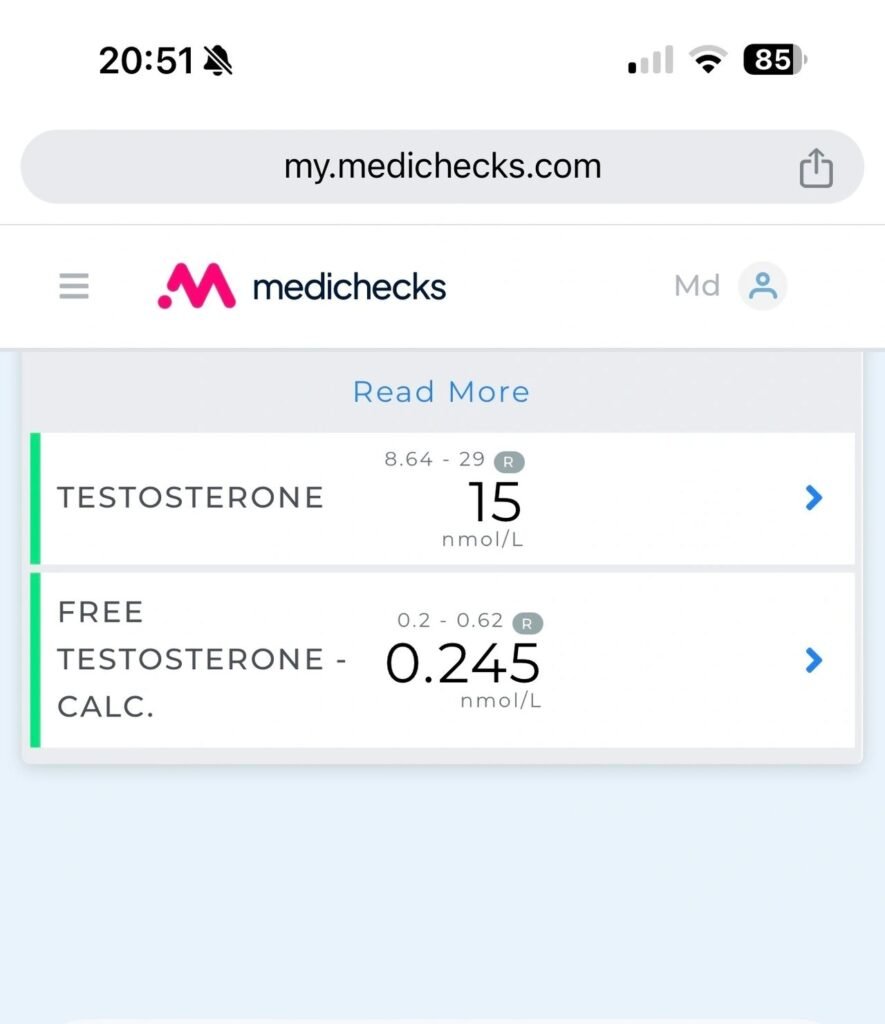
The results came back normal, but free testosterone was on the low side. The medical expert advised that my symptoms were minor, results decent and recommended attempt natural intervention.
Using my knowledge, I challenged myself to raise my natural testosterone levels within 3 months. I wasn’t quite ready to kiss goodbye to my natural male hormone.
So how did I do in raising my natural testosterone levels? Did I use any supplements to raise testosterone levels?You’ll have to head over to part 2 below.
FAQs Naturally Fixing Low Testosterone Levels
1. What is low testosterone, and why is it important to address?
Low testosterone occurs when testosterone levels fall below the healthy range, leading to symptoms like fatigue, reduced libido, increased body fat, and mood changes. Addressing it is crucial because testosterone plays a key role in physical, mental, and emotional health, from muscle growth to cognitive function. It’s the master male hormone.
2. What are the main causes of low testosterone in men?
Low testosterone can result from aging, poor diet, lack of exercise, stress, insufficient sleep, and exposure to environmental toxins. Obesity, reduced physical activity, and even modern diets low in healthy fats are significant contributors.
3. How do you test for low testosterone?
Low testosterone is typically diagnosed with a blood test measuring total and free testosterone levels. Two separate tests are usually required to confirm the diagnosis. It’s essential to ensure free testosterone is measured, as it’s the biologically active form of the hormone.
4. What is the difference between primary and secondary hypogonadism?
- Primary hypogonadism: The testes cannot produce testosterone due to issues like injury, genetic conditions, or infections.
- Secondary hypogonadism: The problem lies with the hypothalamus or pituitary gland, which fail to signal the testes to produce testosterone. Lifestyle changes can often improve secondary hypogonadism.
5. Can you naturally fix low testosterone levels?
Yes, in many cases, lifestyle changes like losing excess body fat, eating a balanced diet rich in healthy fats, strength training, improving sleep quality, and managing stress can significantly boost natural testosterone production.
6. Why are testosterone levels declining globally?
Factors like rising obesity rates, poor diets, decreased physical activity, stress, exposure to toxins, and even the widespread use of cholesterol-lowering statins contribute to the global decline in testosterone levels.
7. What is free testosterone, and why is it important?
Free testosterone is the portion of testosterone not bound to proteins in the bloodstream, making it biologically active and usable by the body. A man may have normal total testosterone levels but experience symptoms if free testosterone is low.
8. Should I consider a TRT clinic if my testosterone is low?
TRT clinics can be a valid option for men with clinically low testosterone levels, especially if lifestyle changes don’t improve symptoms. However, it’s recommended to try natural interventions for at least three months before considering lifelong treatment. Choosing a reputable clinic and researching thoroughly is essential.
I’d like to thank you for reading this post. If you gained value from this or my other posts, I’d be forever grateful if you’d subscribe to my email notifications (at the bottom of my homepage). You’ll receive an email to verify your address. Once completed you’ll be on my priority wait list.
Thank you very much for reading.
Chat soon,
Matt.
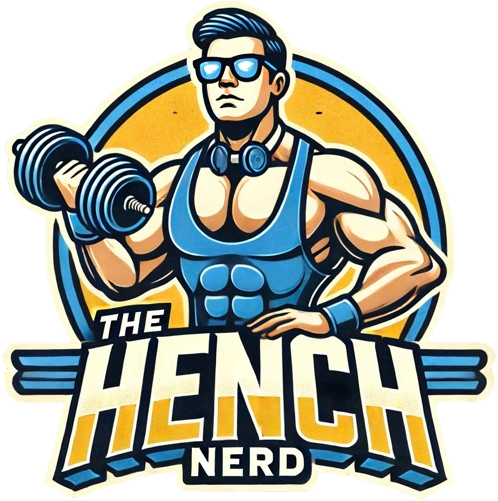

23 thoughts on “Low Testosterone Levels: Understanding The Male Hormone”
Comments are closed.